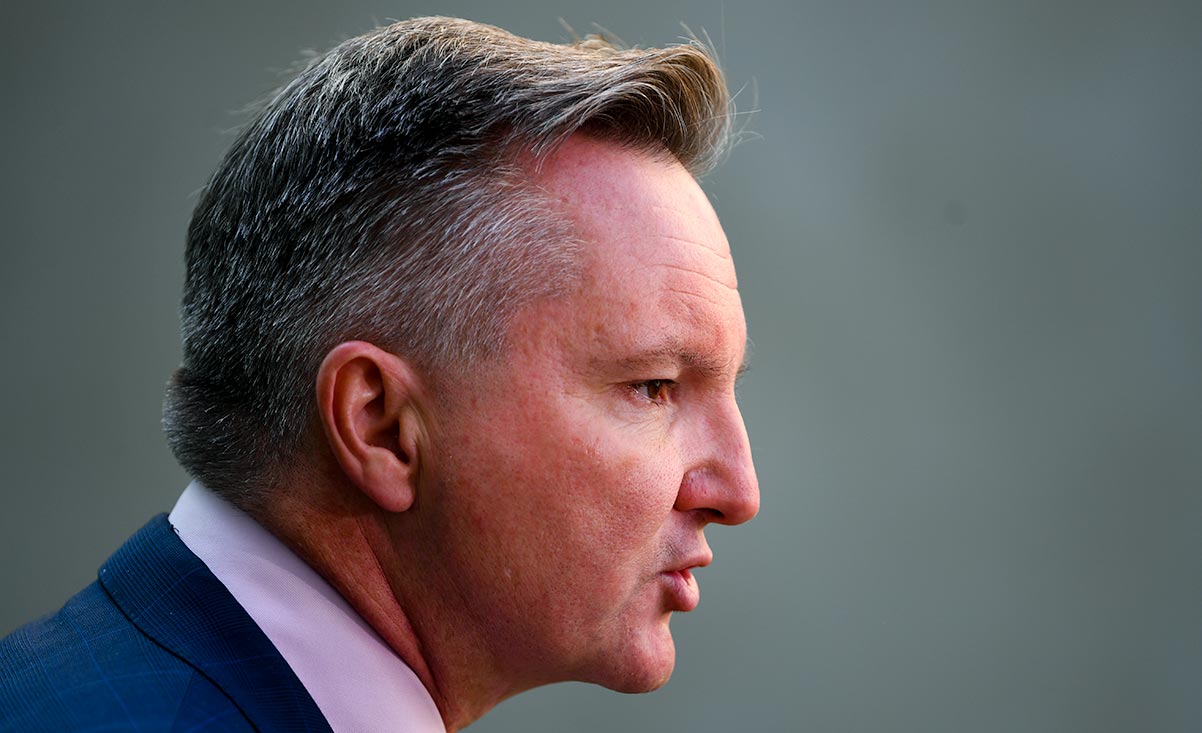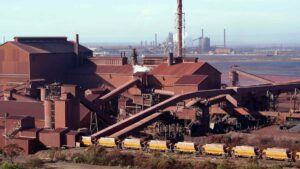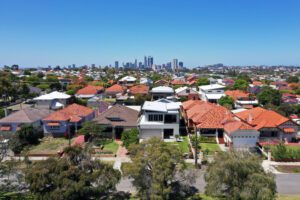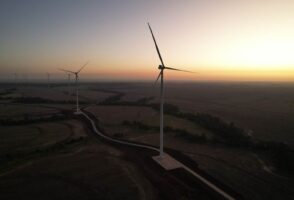Individual states will be left to decide which technologies may be included in a potential capacity mechanism, federal energy minister Chris Bowen says, but they will also need to ensure Australia can achieve its new 2030 emissions reduction target.
On Monday, the Energy Security Board published a new draft design for adding a capacity mechanism to the National Electricity Market, which it says are needed to “reduce the risk of a disorderly transition” as ageing coal and gas generators are replaced by lower-cost and lower emissions renewable energy sources.
Under the proposed capacity mechanism, generators would be provided with financial payments for ensuring they are available to produce power during periods when the grid is under stress. The mechanism would apply in NEM-states, including New South Wales, Queensland, Victoria, Tasmania and South Australia.
Bowen said the proposed capacity mechanism design would establish a ‘national framework’ but that it would be left to the individual states to decide which technologies it would apply to – including coal and gas plants – within their own jurisdiction.
Any decisions about technology inclusions would also need to ‘complement’ Australia’s national emissions reduction targets, Bowen said, which were recently increased to a 43 per cent reduction by 2030.
“The capacity mechanism is a national framework,” Bowen said.
“The grids are at different states of development – Queensland’s coal-fired power stations are much younger than Victoria’s – there is a different mix of brown and black coal across the grid, for example.”
“It’s appropriate that states be able to implement this in a way suitable for their needs, but it will be within that national framework, and it will complement our emissions reduction target, not contradict it.”
“It will absolutely complement and underpin the very significant transformation necessary to achieve those targets,” Bowen added.
There are fears that the introduction of a capacity mechanism could delay the retirement of coal and gas fired generators – which had been the stated preference of the former Morrison government – undermining efforts to cut energy emissions and delay the introduction of new technologies, like battery storage.
If the capacity mechanism keeps coal generators operating for longer, it could also have the perverse effect of keeping the grid reliant on inflexible, expensive and increasingly unreliable fossil-fuelled power stations while delaying the introduction of technologies offering greater flexibility.
“The capacity mechanism wouldn’t have avoided a situation like we have now. A capacity mechanism is an imperfect tool and what we need is an overarching plan for how we transition our grid to 100 per cent clean energy,” the Australia Institute’s Richie Merzian said.
“That’s the ultimate task for the ESB, not just delivering a mechanism that was originally promoted by Angus Taylor.”
Responding to the latest draft design, the Clean Energy Council said any prospective capacity mechanism needed to support accelerated investment in renewable energy technologies and avoid keeping ageing fossil fuel generators in the market beyond their expected retirement.
“It is critical that any capacity mechanism must be oriented towards accelerating investment in new renewable energy generation and storage while minimising the degree of further regulatory complexity faced by renewable investors,” the CEC said in a statement.
“Any scheme that ultimately subsidises existing coal plants and unnecessarily prolongs the life of fossil fuel generation that is both high emitting and increasingly unreliable commits Australia to an uphill battle in meeting new climate goals.”
“It will also delay investment in the new renewable generation and storage capacity that is desperately needed, resulting in more price shocks and energy shortfalls.”
Speaking from Sydney, Bowen blamed the current energy crisis on the former Morrison government, specifically attributing blame to his immediate predecessor as federal energy minister Angus Taylor.
“This is a situation in which the new government has had to deal with the legacy of the last government. Ten years of denial and delay. This is a Taylor-made crisis, made by a former minister and a government, which wasn’t up to the job, didn’t ensure the investment, didn’t ensure the framework,” Bowen said.
“This is a crisis written and authorised by Angus Taylor, Goulburn. This is a crisis brought about by a government that refused to make the difficult decisions, to provide the framework to get investment in storage in renewables in transmission, and that’s exactly what the new government is going to do.”
Bowen – who was sworn in as the federal energy minister at the start of June – said recent energy market interventions, including a suspension of the National Electricity Market instigated by AEMO, had helped calm some of the immediate pressures on the energy market.
“There’s no complacency. We’re very alive to the risks that remain in the system, and we remain very vigilant about what can go wrong from here,” Bowen said.
“The system does remain under pressure, but the fact that we have withstood a situation where load-shedding was indeed looking likely, where blackouts were possible, and we’ve managed to avoid all the above, and there has been no impact on the reliability for consumers, is a very good thing.”










